The Crucial Role of Proper Concrete Curing: Ensuring Durability and Strength
In the realm of construction, particularly in Vancouver, Washington, where weather conditions can vary significantly, the role of proper concrete curing cannot be overstated. Concrete pouring in Vancouver is a common occurrence, given the city’s bustling development scene. However, ensuring that freshly poured concrete is adequately cured is essential for achieving maximum durability, strength, and longevity of structures.
Concrete installation in Vancouver, whether for residential driveways, commercial buildings, or infrastructure projects, involves a process that extends beyond pouring and shaping the concrete mix. Proper curing is a critical step that follows the initial placement of concrete and significantly impacts its final strength and durability.

So, what exactly is concrete curing, and why is it so crucial? Concrete curing is the process of maintaining adequate moisture and temperature conditions to allow the concrete to hydrate and gain strength gradually. It begins immediately after concrete placement and continues for a specified period, typically ranging from seven to 28 days, depending on various factors such as weather conditions, concrete mix design, and project requirements.
One of the primary reasons why proper concrete curing is essential is to minimize cracking. Concrete in Vancouver is subjected to temperature fluctuations and moisture levels that can lead to cracking if not adequately cured. By maintaining moisture levels through curing, the risk of shrinkage cracks is significantly reduced, resulting in a more durable and aesthetically pleasing concrete surface.
Moreover, proper curing enhances the concrete’s compressive strength, making it better equipped to withstand heavy loads and structural stresses over time. This is particularly crucial for infrastructure projects in Vancouver, where concrete structures must withstand the rigors of daily use and environmental factors.
In addition to improving strength and durability, proper curing also enhances the concrete’s resistance to environmental factors such as freeze-thaw cycles, chemical exposure, and abrasion. This is particularly important in Vancouver, where concrete surfaces are exposed to varying weather conditions, including rain, snow, and humidity.
Now that we understand the importance of proper concrete curing, let’s explore some best practices to ensure effective curing:
- Maintain Moisture Levels: Adequate moisture is essential for proper curing. In dry or windy conditions, consider using curing compounds or coverings to prevent moisture loss from the concrete surface.
- Control Temperature: Extreme temperatures can affect the curing process. In hot weather, use shade or misting systems to prevent rapid evaporation, while in cold weather, provide insulation and heating to maintain optimal curing temperatures.
- Follow Recommended Curing Periods: Different concrete mixes require varying curing periods. Consult with your concrete contractor to determine the appropriate curing duration based on project specifications and environmental conditions.
- Avoid Premature Traffic: Restrict access to freshly poured concrete to prevent damage during the curing process. Premature traffic can lead to surface defects and compromise the long-term performance of the concrete.
- Monitor Curing Progress: Regularly monitor the curing process to ensure that moisture and temperature conditions are maintained as per requirements. Adjustments may be necessary based on weather changes or unexpected circumstances.
In conclusion, proper concrete curing is essential for ensuring the durability, strength, and longevity of concrete structures in Vancouver and beyond. By following best practices and investing in effective curing methods, contractors can optimize the performance of concrete installations, ultimately contributing to safer and more resilient built environments. Concrete is an investment and following these tips and guidelines will strengthen and protect your investment for long periods of time.

